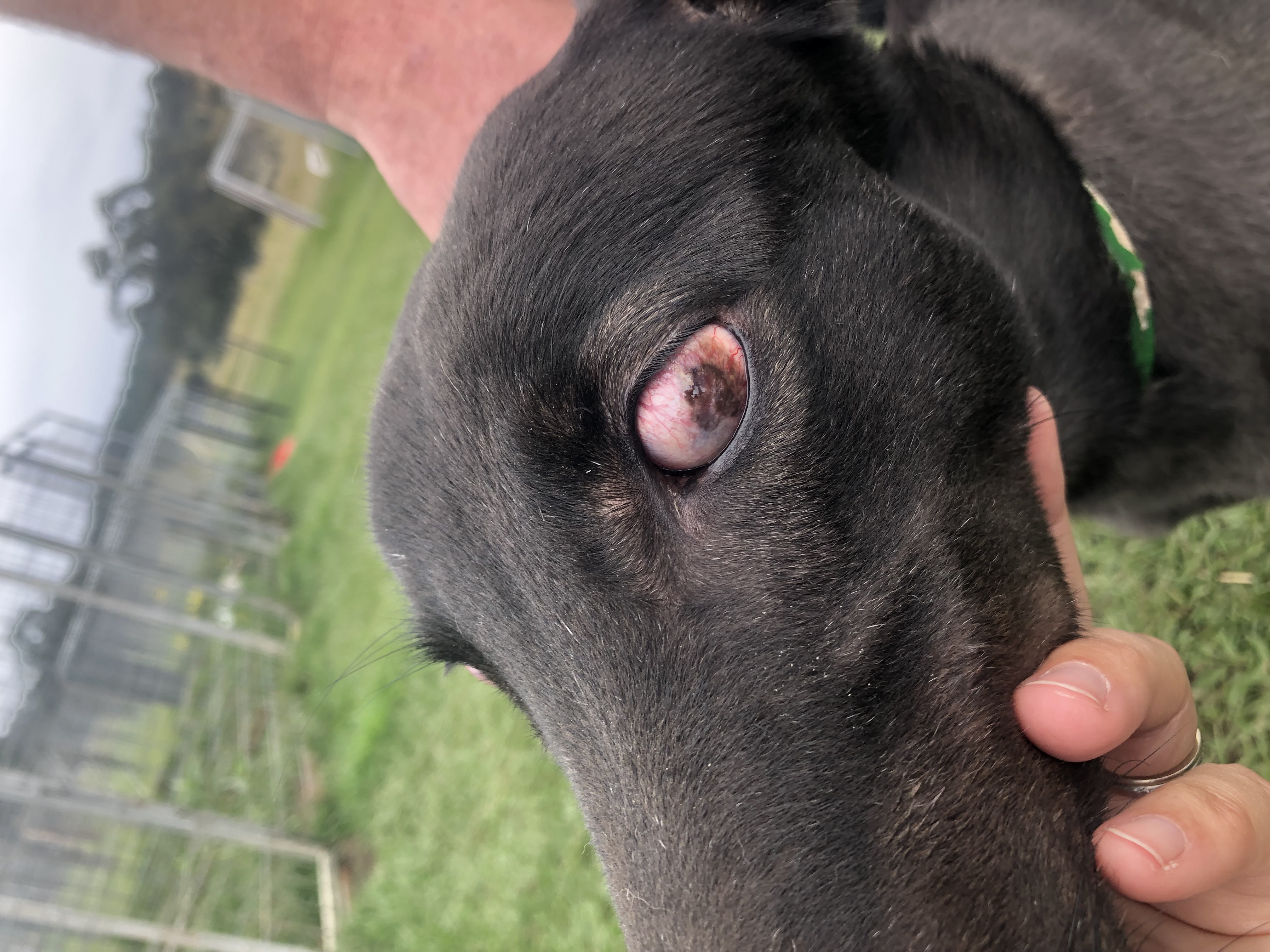Genetics
Every breeder is searching for the right breeding line for their greyhounds, but genetics can also affect a greyhound’s health. Some diseases or conditions have a genetic basis, while others may have a genetic component.
The Code of Practice includes standards designed to prevent greyhounds with serious heritable diseases or defects from breeding. The purpose of these standards is to prevent these diseases being passed from one generation of greyhounds to the next, and improve the health of the greyhound population as a whole.
Heritable Diseases
Heritable defects are defined as a genetic trait that causes or has the potential to cause significant adverse health or welfare issues in affected greyhounds or their progeny.
It is important for the health and welfare of greyhounds that we do not breed from greyhounds with known heritable defects to ensure that we do not pass on genetic diseases that may have poor welfare outcomes in greyhounds or propagate these genes in the racing greyhound population.
Some diseases require both parents to be affected in order to have the disease manifest, however it is still important to avoid breeding with known carriers, in order to reduce these genes in the population over time.
The following disorders are considered heritable defects and breeders should NOT breed from affected greyhounds:
Greyhound polyneuropathy (GP): | caused by a mutation of the NDRG1 gene mostly in show greyhounds and has not yet been documented in racing lines. GP causes clinical signs of disease around 3-9 months of age, beginning with an awkward, high stepping gait, exercise intolerance, and “bunny hopping” in the early stages of disease. As the disease progresses, affected dogs often become weak in all four limbs, lose reflexes, develop generalized muscle atrophy (muscle wastage), and show greater difficulties with walking and standing. If not humanely euthanased prior to late stages of disease, the eventual paralysis of the respiratory muscles often results in death. Polyneuropathy tends to be rapidly progressing with most dogs dying within 10 months of their first clinical signs. |
Progressive Retinal Atrophy (PRA): | a progressive disease, causing initial poor vision in dim light (night blindness) and eventually progressing to complete blindness. There is a DNA test available for this disease. |
von Willebrands Disease (vWD): | a clotting factor disorder that causes serious bleeding in affected greyhounds. Greyhounds with bleeding tendencies should be tested for vWD by an antigen assay. Talk to your veterinarian if your greyhound shows bleeding tendencies. |
Haemophilia A: | an X- chromosome-linked bleeding disorder caused by a Factor VIII clotting factor deficiency. Male greyhounds with bleeding tendencies should be tested for haemophilia A and should not be bred as they will pass the condition on to female offspring, who can be asymptomatic carriers. Talk to your veterinarian if your greyhound shows bleeding tendencies. |
Disease processes with a heritable component
The following disease conditions may have a heritable component:
- Pannus
- Osteosarcoma
- Haemangiosarcoma
- Hypothyroidism
- Epilepsy
- Osteochondritis dissecans (OCD)
- Oesophageal achalasia
- Lupoid onchodystrophy
- Persistent pupillary membrane
- Lens luxation
- Heritable cataracts
- Pattern baldness
- Cryptorchidism
- Fibrinolytic syndrome
Standard 4.3 of the Code of Practice does not apply to these conditions. This means that a greyhound diagnosed with one of these conditions can still be bred from, but participants should seek veterinary advice before proceeding. If a veterinarian advises against breeding from the affected greyhound, that advice should be followed.

Conformation Defects
Conformation refers to the structure of the greyhounds’ bones, joints and muscles or how the greyhound is ‘put together’. It also includes the joint angles and ‘straightness’ of legs and tells us about the likelihood that the greyhound will excel as an athlete.
Some conformation defects predispose the greyhound to increased stresses on muscles and joints, which may lead to injuries. Care should be taken when breaking-in and training these greyhounds. Discuss any concerns regarding exercise for affected greyhounds with your veterinarian.
Some injuries may be considered as more prevalent in certain breed lines than others but there is currently no evidence to support a genetic basis to certain muscle (gracilis) and joint injuries (hock fractures). Further research is needed to ascertain whether certain breed lines are more susceptible to these injuries.
Conformation defects are not considered heritable defects, but care should be taken in assessing suitability for breeding, as these traits can be passed to offspring:
- Toe-in/toe out
- ‘Harefoot’
- Roman nose/Undershot jaw (parrot mouth)
- ‘Cow-hocks’/upright hocks/ ‘Weak hocks’
- Soft pasterns long pasterns
As with diseases with a heritable component, standard 4.3 of the Code of Practice does not apply to conformation defects. This means that a greyhound diagnosed with one of these conditions can still be bred from, but participants should seek veterinary advice before proceeding.
If a veterinarian advises against breeding from the affected greyhound, that advice should be followed.